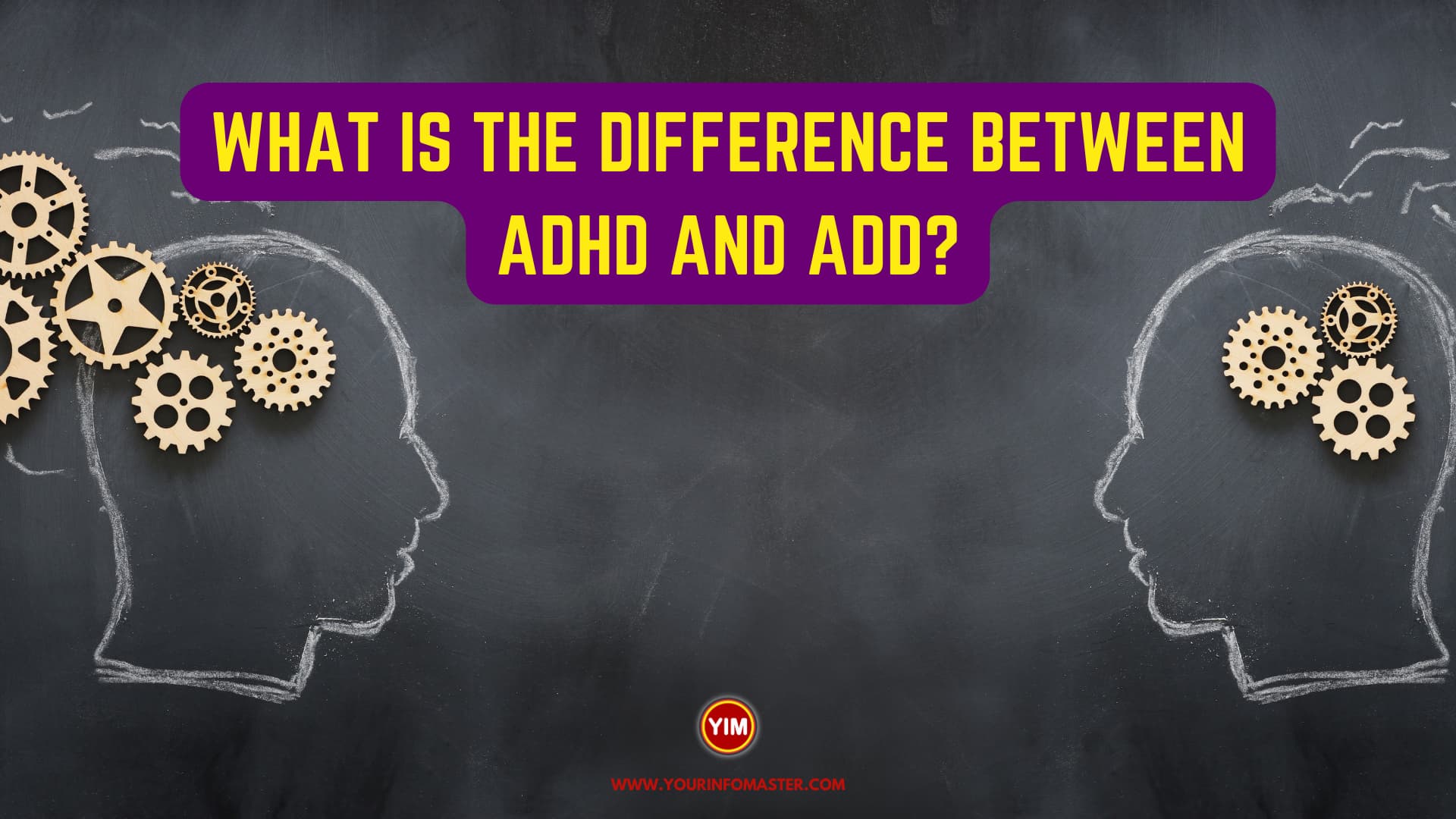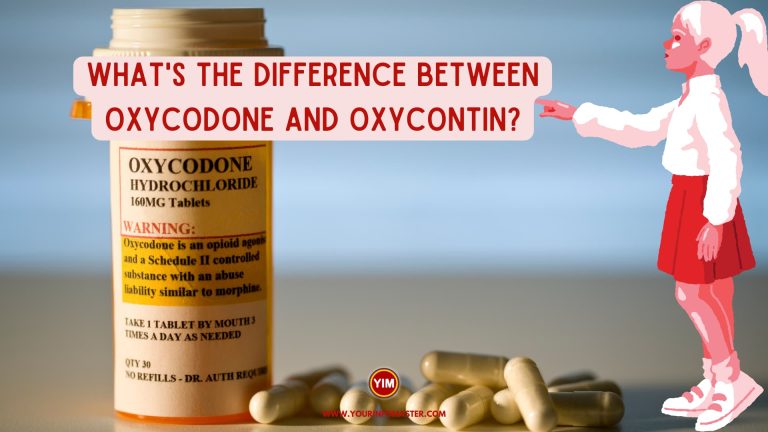I am going to explain the blog post “What is the difference between ADHD and ADD?“
Attention Deficit Hyperactivity Disorder (ADHD) and Attention Deficit Disorder (ADD) are two commonly discussed neurodevelopmental disorders that affect both children and adults.
Understanding the differences between ADHD and ADD is crucial for accurate diagnosis and appropriate treatment.
In this blog post, we will explore the variances between these conditions, shedding light on their unique characteristics.
Check also: What’s the difference between an Optometrist and an Ophthalmologist?
5 Differences between ADHD and ADD
Here is a list of five key differences between ADHD and ADD. By recognizing these dissimilarities, individuals, parents, and professionals can gain a clearer understanding of the specific challenges each condition presents.
Here is a list of 5 differences between ADHD and ADD:
- Hyperactivity vs. Inattention
- Impulsivity vs. Focus
- Presentation in Childhood vs. Late-Onset Diagnosis
- Gender Differences in Prevalence
- Medication Response and Treatment Approaches
Check also: What is the difference between family medicine and internal medicine?
Detail of 5 Differences between ADHD and ADD
Here is the detail of 5 differences between ADHD and ADD:
Hyperactivity vs. Inattention
- ADHD involves both hyperactivity and inattention, while ADD primarily focuses on inattentiveness.
- Individuals with ADHD tend to be excessively active, restless, and have difficulty staying still, whereas those with ADD exhibit more passive behavior.
Impulsivity vs. Focus
- Impulsivity is a prominent feature of ADHD, leading to hasty decision-making and impulsive actions.
- ADD is characterized by difficulties with sustaining attention and maintaining focus.
Presentation in Childhood vs. Late-Onset Diagnosis
- ADHD symptoms often manifest in early childhood, with hyperactivity and impulsivity being noticeable from an early age.
- ADD symptoms may be less apparent during childhood and may become more apparent during adolescence or adulthood.
Gender Differences in Prevalence
- ADHD is diagnosed more frequently in boys than in girls, with symptoms often being more overt in males.
- ADD appears to have a more balanced gender distribution, with similar rates in both boys and girls.
Medication Response and Treatment Approaches
- Stimulant medications like methylphenidate (Ritalin) and amphetamines are commonly prescribed for both ADHD and ADD.
- However, non-stimulant medications and behavioral interventions are often favored for treating ADD due to the absence of hyperactivity symptoms.
Check also: What does a rat mean in a dream?
Conclusion
In conclusion, while ADHD and ADD share common features, they differ in crucial aspects. ADHD encompasses both hyperactivity and inattention, whereas ADD primarily focuses on inattentiveness.
Their presentations in childhood and the prevalence rates among genders also vary. Understanding these differences is essential for accurate diagnosis and personalized treatment plans.
By gaining insights into the unique challenges presented by each condition, individuals, parents, and healthcare professionals can effectively support those affected by ADHD or ADD, promoting better management and improved quality of life.
See also: What does it mean when you dream water?
If you really enjoyed the article “What is the difference between ADHD and ADD?,” then I would be very grateful if you’d help it spread by emailing it to your friends or sharing it on Twitter, Instagram, or Facebook. Thank you!
Have you read “What is the difference between ADHD and ADD?“ Which of these blogs are you reading, and how is it similar to one of them?







